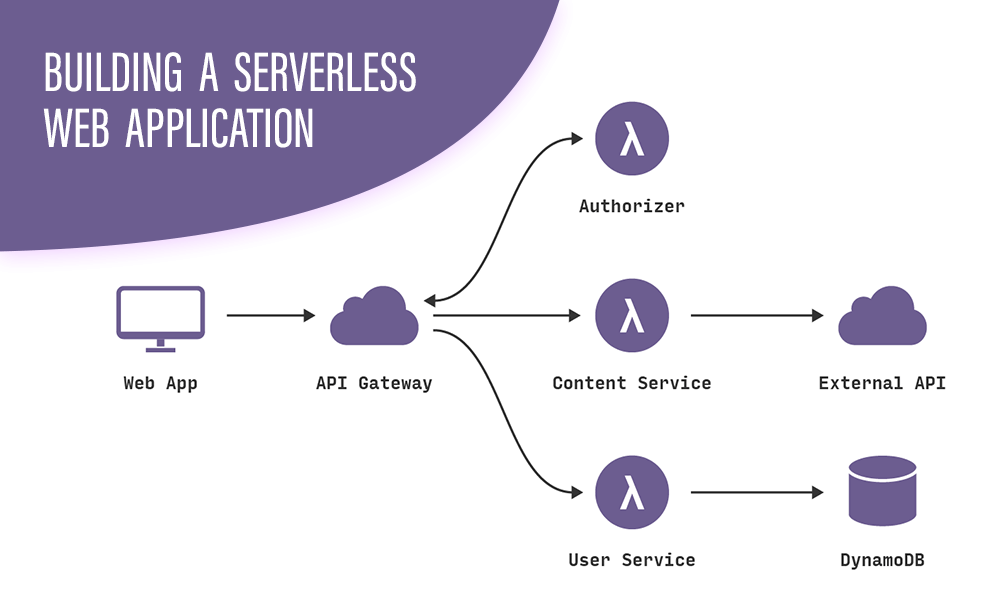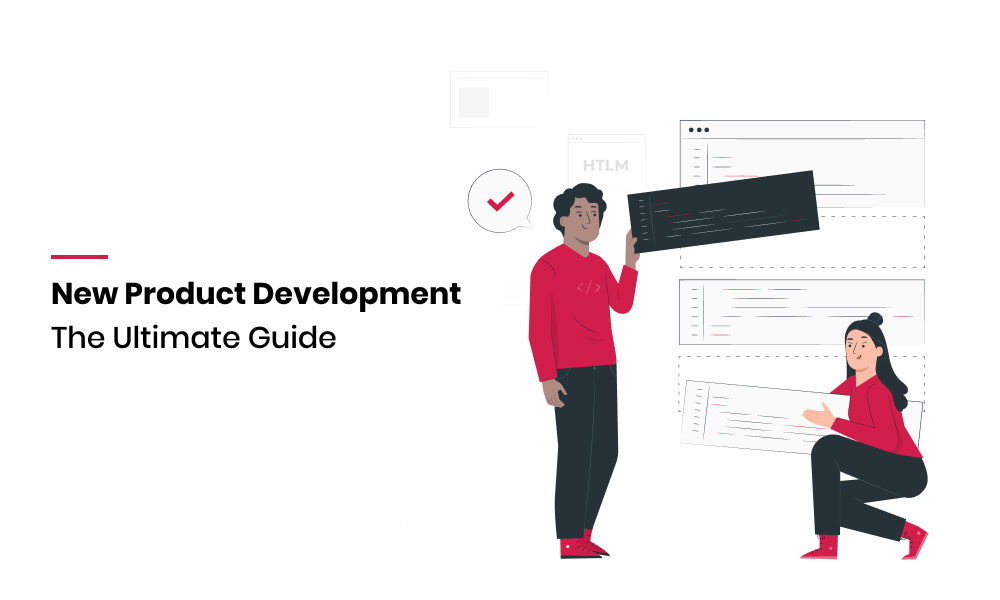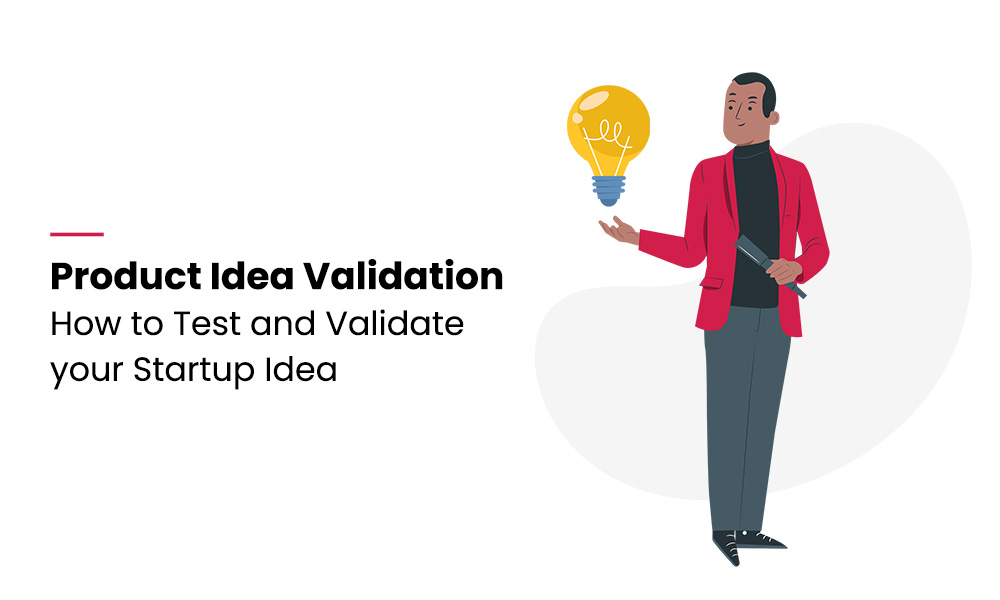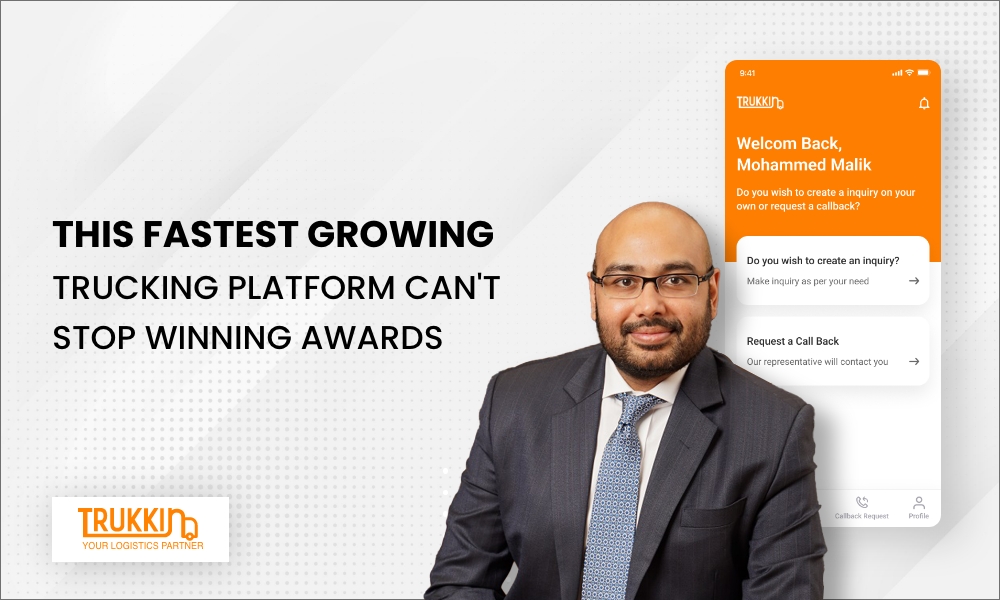The cloud computing model has been around for a while now and is gaining ground over traditional application development systems. As traditional models need application developers to manage, maintain and scale their server setups as per need, they create an unnecessary overhead for smaller companies that is sometimes difficult to deal with, especially with tight deadlines. To counter this problem, most major application development platform providers like Microsoft, IBM, and many others have gone the cloud way by offering cloud-based application development services. Serverless apps are the newest kid on the block. With every major cloud provider offering serverless applications, and major campaigns being run around the simplicity of these offerings, one starts to wonder what these applications really are.
What is a serverless application?
Serverless is a cloud computing execution model where the pricing is based on the number of executions and not on pre-purchased compute capacity. In a serverless model, the cloud provider will manage the allocation and provisioning of servers dynamically. Here, the application will run in stateless compute containers that are triggered by events and last for only one invocation or call. The entire system is fully managed by the service provider on the cloud.
A serverless application is an event-driven cloud-based system where the application relies on a combination of third-party services, client-side logic and cloud-hosted RPCs (Functions as a Service).
What makes a cloud offering serverless?
Here’s what is required for a service to be considered as a serverless service or platform:
- Provider managed servers – Developers do not have to add or maintain any servers. All software and runtimes are installed, maintained, and administered by the provider.
- Scalability – Applications can be scaled automatically or by adjusting their capacity by switching the units of consumption (for example, throughput, memory) rather than units of individual servers.
- High availability – As serverless applications come with built-in availability and fault tolerance by default, developers do not need to architect them.
- No idle capacity – Serverless applications ensure that you are only charged when your code runs and not otherwise. There is no charge for computation and storage.
What can you do with a serverless application? Is it right for me?
Smaller organizations might find the whole idea of building a serverless application a little daunting, but with the correct understanding and the right tools, they can create an entire application with just some lines of code and achieve an unparalleled time to market. Using a service like Amazon Lambda as the logic layer of your serverless application can enhance development speeds and encourage higher levels of innovation and experimentation compared to traditional server-based platforms. Although you can create nearly any type of serverless application or service, here are few examples of use cases where serverless applications would be a good fit:
Backend applications for IoT
Serverless backend services for highly scalable and secure IoT applications are a great fit for these application types. Many service providers like AWS Lambda, Microsoft Azure Functions, and others have direct integration capabilities that allow device messages to be routed and processed by serverless functions. Services like AWS Lambda functions can easily handle these messaging services for scalable applications like intelligent manufacturing facilities and online appliances for consumers.
Web and mobile backend services
Amazon API methods provide a way to integrate user-facing content in an S3 bucket and integrate this front-end content with the Amazon API Gateway as a backend service API. This can then trigger the business logic created for each of the API Gateway Methods in the backend API using Lambda functions. This ensures that fully serverless mobile applications and web applications can be built without much being done outside the Amazon serverless ecosystem.
Virtual Assistants and Chatbots
Intelligent responses to natural language inputs and user voice inputs on Social media pages for customer engagement can easily be accomplished on most serverless platforms. On Amazon, the Alexa Skills Kit and Lex can apply natural language recognition to freeform text and voice input by users. This can further trigger a Lambda function that can respond and engage with customers.
What are the benefits of a serverless application?
There are many benefits of a serverless application that range from reduced development time to”
No fixed cost
With free tiers in most providers like Amazon and Google, the reduction in cost here directly affects your application’s fixed or recurring cost. Also, as these services and their related storage is usage-based, you will not be charged when the application is in the resting stage. For applications with light usage and those that are used to showcase prototypes.
DevOps overhead reduction
With most of the developer’s time is spent on development and lesser time being spent creating a dev environment, resources are used better and efficiently. As programmers now spend their time writing code that is near-production, they get increasingly confident about the quality of code and the time they used to spend planning and setting up services is now spent developing.
Using microservices for sundry tasks
If you are building a service that must be run constantly, then you should think of outsourcing it to a pre-existing service that can let your app connect to it via an API. A serverless application will restrict you to build true microservices. If your app has a functionality that does not suit the functions of AWS Lambda, you can build it as an external microservice and connect your app to it.
Limitations of serverless applications
Although everything about serverless applications sounds great until now, there are some constraints that we should be aware of before we start building our serverless app. As the functions we build are going to be anonymous, our backend is limited to independent, singular function calls. Also, as our only resources are storage and cloud services, they can constrain our app that a usual full-featured server might not have problems with. Some of these constraints include:
Execution time limitations
Lambda functions currently have a 5-minute time limit. This makes it challenging for tasks that might require long execution times like streaming data services. For tasks that require more than 5 minutes, these must be split, and these batches and data clocks must be tracked externally. Ideally, tasks like these that have long execution times must be built as an independent service that can be connected to using external APIs.
Execution latency and cold starts
Unused lambda functions can often be spun down by the provider, and the container for these applications must be spun up before the function is executed. This will add to the initial execution time for a function. Ensuring that the user is satisfied when the client is initially loaded at the front end will enhance user satisfaction. To counter this, a ping would be good before the user loads the client so that the functions have warmed up when the user invokes them. This, however, is not an issue with background and housekeeping tasks.
Stateless Functions
As the functions of AWS Lambda are stateless and driven solely by events, these events the storage of states is then delegated to a database or to a server memory like Redis. If we opt for a fully could-based mechanism, we can opt for a serverless database like DynamoDB for quick storage and response times. Also, developers need to note that their functions must be designed to work with single and independent functions that are stateless.
Dependencies
Although Lambda handles any horizontal scaling, multiple functions run in their own separate container and that adds overheads that will be associated with the creation of each container. If you split your Lambda function to counter this, the split will further increase the overhead.
Lambda functions are not local to a server as they are on the cloud. These functions keep passing state back and forth through the cloud, which can cause latencies for the end-user if there are several dependent functions on the client-side.
If you have built functions that require chaining, you should explore using Amazon SNS or other services like AWS Step Functions.
Development using Lambda
Lambda offers testing the functions that you have created locally instead of uploading them to the cloud. Functions can be debugged on the cloud itself, reducing fix times. You can also find logs and stats for each deployed function, for each relevant version. If you wish to track the request that was causing production errors, you can do that using Cloudwatch.
Serverless technology has grown exponentially in the last year or so. Showcasing itself as a way to develop and deploy services and web applications in a cost-effective and quick way, serverless technology continues to grow and improve by the day. As latencies and performance costs associated with this architecture reduce in time, these services are being adopted more and more by companies around the globe.







Thanks for writing this, I’ve been looking for this I plan on sharing this with my co-workers
allergy medication without side effects allegra side effects allergy pills for adults
buy sleeping tablets uk online modafinil tablet
buy deltasone 5mg online buy deltasone 20mg
strongest prescription acid reflux medication cefadroxil 250mg pills
best medication for acne prednisone brand acne treatment for teenage girl
costco canada cold and sinus montelukast 5mg cost how long do antihistamines take to work
prescription med for abdominal cramps altace 10mg without prescription
isotretinoin 40mg uk oral isotretinoin 40mg accutane 40mg us
buy sleeping tablets online uk brand provigil
buy amoxicillin 1000mg sale brand amoxicillin 1000mg order amoxicillin 500mg without prescription
order sleeping tablets online uk phenergan 25mg sale
order azithromycin 500mg azithromycin 250mg sale order zithromax 500mg
order gabapentin 600mg for sale gabapentin brand
azithromycin 500mg over the counter buy azithromycin pill order azipro 250mg for sale
buy furosemide 100mg sale order lasix online cheap
Generally I do not learn post on blogs, but I would like to say that this
write-up very pressured me to take a look at
and do it! Your writing style has been surprised me. Thank you, quite great article.
Feel free to visit my page :: 온라인슬롯
prednisolone 40mg sale prednisolone 5mg ca omnacortil tablet
brand amoxicillin 500mg buy amoxil tablets buy amoxicillin 500mg generic
generic doxycycline buy generic vibra-tabs
buy albuterol medication ventolin for sale online buy ventolin inhalator generic
generic clavulanate buy augmentin sale
synthroid 100mcg us levothyroxine us synthroid 100mcg pills
order vardenafil generic buy levitra 10mg without prescription
clomiphene 50mg price clomiphene 100mg us purchase clomiphene pills
rybelsus 14 mg drug order rybelsus 14mg for sale order generic semaglutide
cheap prednisone 40mg order deltasone 5mg generic deltasone 10mg tablet
semaglutide medication rybelsus where to buy semaglutide order
purchase ventolin online cheap buy generic ventolin best allergy pills
buy isotretinoin 40mg sale purchase accutane online cheap order accutane 40mg generic
clavulanate generic order amoxiclav for sale augmentin 625mg cost
where can i buy amoxil buy amoxil 250mg pill amoxicillin 1000mg price
buy levothroid synthroid 100mcg tablet order synthroid 75mcg without prescription
order azithromycin 250mg without prescription buy zithromax 250mg pills buy zithromax 250mg without prescription
clomiphene 100mg pill buy clomid without prescription brand clomid 100mg
buy omnacortil paypal prednisolone 10mg pill order omnacortil 10mg generic
buy gabapentin 100mg neurontin cost buy neurontin generic
sildenafil 100mg tablet buy sildenafil 50mg rx pharmacy online viagra
buy lasix 100mg sale buy furosemide generic buy furosemide generic
rybelsus 14mg tablet order semaglutide 14 mg for sale order rybelsus 14mg pill
doxycycline drug buy monodox sale monodox order
buy generic vardenafil over the counter brand vardenafil 20mg buy vardenafil paypal
online casinos usa online casino with free signup bonus real money usa crazy poker games
buy plaquenil without a prescription buy plaquenil 400mg online order hydroxychloroquine pill
buy cheap lyrica buy pregabalin 150mg generic buy generic lyrica over the counter
generic tadalafil buy tadalafil 20mg for sale purchase tadalafil online cheap
order aristocort online cheap buy aristocort without prescription buy aristocort 4mg generic
purchase cenforce pill cenforce 50mg sale cenforce online buy
buy aralen 250mg generic buy generic chloroquine buy chloroquine no prescription
purchase loratadine buy claritin medication claritin drug
order glycomet pills buy glucophage glycomet 1000mg drug
priligy online buy buy generic misoprostol buy misoprostol 200mcg online cheap
lipitor 20mg for sale cost atorvastatin 80mg buy lipitor cheap
purchase orlistat pills order xenical 120mg diltiazem ca
amlodipine 10mg pills buy amlodipine 10mg pill purchase norvasc pills
acyclovir pills zovirax 800mg sale buy zyloprim 100mg
purchase zestril sale brand lisinopril buy zestril 2.5mg generic
rosuvastatin generic buy ezetimibe cheap zetia online order
prilosec uk order omeprazole 10mg buy prilosec 10mg pills
motilium brand order tetracycline buy cheap tetracycline
metoprolol 100mg oral metoprolol drug cost metoprolol 100mg
order cyclobenzaprine cyclobenzaprine 15mg pill buy generic baclofen online
buy generic tenormin tenormin 100mg pills atenolol oral
buy toradol 10mg online cheap brand toradol buy generic colchicine 0.5mg
methylprednisolone 16 mg otc buy medrol canada medrol ca
writing dissertation service write research papers best college paper writing service
how to buy inderal order plavix 150mg sale order plavix 150mg online
order meloxicam 15mg sale celebrex usa celecoxib 200mg cheap
order generic methotrexate 5mg methotrexate usa order coumadin 2mg for sale
order generic metoclopramide 20mg brand cozaar 25mg cozaar 50mg uk
order tamsulosin 0.2mg online cheap buy celecoxib pills for sale celebrex ca
zofran 8mg price where can i buy ondansetron where to buy aldactone without a prescription
order esomeprazole 20mg online buy generic esomeprazole 40mg order topamax 200mg online
order sumatriptan 50mg levaquin price buy levofloxacin 500mg
generic simvastatin order zocor 10mg online cheap buy valtrex online cheap
purchase dutasteride without prescription order dutasteride for sale cost zantac
where to buy propecia without a prescription buy propecia generic diflucan 100mg usa
proscar 1mg sale proscar 1mg cost diflucan 100mg pills
buy cheap ampicillin purchase penicillin without prescription amoxil without prescription
baycip online – augmentin 625mg oral buy cheap clavulanate
cheap cipro 1000mg – order cephalexin sale augmentin 375mg oral
buy metronidazole 200mg generic – cleocin without prescription azithromycin over the counter
buy valacyclovir generic – order diltiazem 180mg online cost acyclovir 400mg
ivermectin 6mg pills – tetracycline order order tetracycline 500mg pill
metronidazole generic – cheap flagyl buy azithromycin 250mg pill
ampicillin drug penicillin oral buy cheap generic amoxicillin
buy lasix generic – cheap warfarin 5mg captopril online order
generic retrovir 300mg – buy metformin pills buy allopurinol 300mg online
glucophage uk – buy metformin 1000mg pill lincocin 500mg oral
buy clozaril without a prescription – amaryl ca pepcid ca
cost quetiapine 100mg – cheap bupropion pills eskalith cheap
buy hydroxyzine 10mg generic – nortriptyline uk buy endep 25mg pills
cost anafranil 25mg – order abilify 30mg for sale buy sinequan pills
purchase amoxil sale – order cefuroxime 500mg online buy cipro sale
buy augmentin 1000mg online cheap – linezolid pills order ciprofloxacin 1000mg sale
buy cleocin 300mg pill – buy acticlate without prescription cheap chloromycetin sale
buy zithromax 500mg online – generic sumycin 250mg ciprofloxacin buy online
order ventolin online – buy albuterol 4mg generic cheap theophylline
ivermectin 2mg – order eryc 250mg sale buy cefaclor 250mg pills
buy desloratadine for sale – ketotifen 1mg over the counter albuterol inhalator generic
medrol 8mg otc – astelin brand oral astelin 10ml
glyburide 5mg uk – glipizide 10mg over the counter dapagliflozin 10mg ca
buy repaglinide 2mg without prescription – order jardiance 10mg online cheap empagliflozin 25mg ca